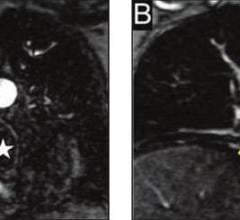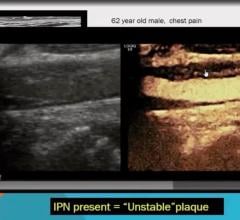
July 18, 2017 — Guerbet recently announced that it will phase out sales throughout the world of two products: Hexabrix (meglumine and sodium ioxaglate) and Optimark (gadoversetamide).
Following the acquisition of Mallinckrodt’s contrast media & delivery systems business, Guerbet has taken measures to streamline its brand portfolio.
In 2015, it announced the withdrawal in the United States of Hexabrix, an iodinated contrast medium for X-ray imaging that has the same indications as two other Guerbet products, Optiray (ioversol) and Xenetix (iobitridol). Hexabrix sales in Europe, Asia and Latin America will progressively cease, by the end of 2019 at the latest. Optiray and Xenetix cover more than 70 countries.
Guerbet’s decision to phase out Optimark is similar: Optimark and Dotarem (gadoteric acid) are both gadolinium-based contrast agents and have similar indications for magnetic resonance imaging (MRI). Optimark is a linear agent and faces decreasing worldwide demand, while Dotarem, a macrocyclic and ionic agent, has seen worldwide demand increase, according to the company. Dotarem is registered in more than 70 countries.
Sales of Optimark will end July 26, 2017 in European Union countries. Then, and in order to ensure a smooth transition and continuous supply for patients, Optimark phase-out will be progressively implemented in other geographic areas until the end of 2019.
This move to streamline its gadolinium-based contrast agent portfolio through a focus on Dotarem is consistent with recent recommendations of the Pharmacovigilance Risk Assessment Committee (PRAC) of the European Medicines Agency.
Read the article "Recent Developments and Issues in Contrast Media."
For more information: www.guerbet.com


 August 17, 2023
August 17, 2023 







